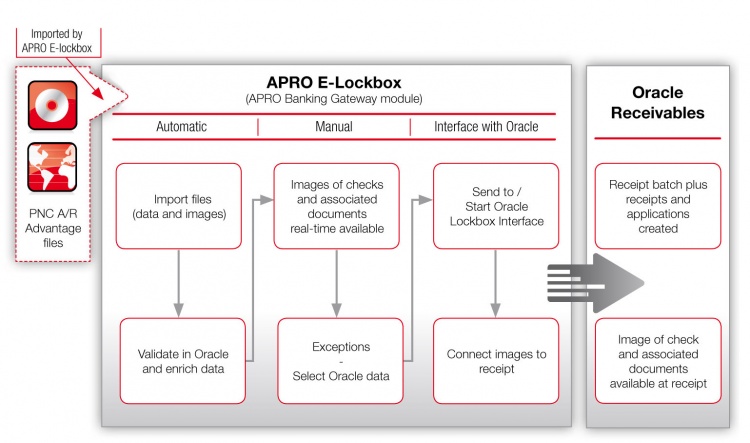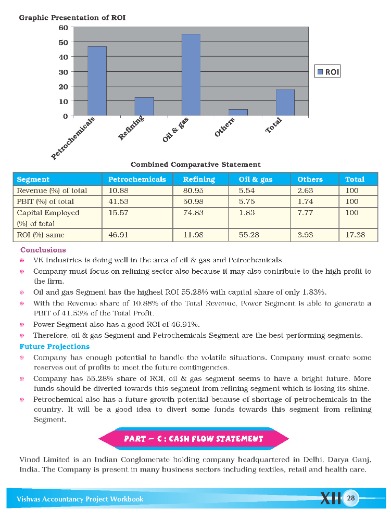
Make a note of any transactions that you don’t have a record of and prepare to track down that information if needed. If you use a third-party payment processor, review all of your transactions there as well. Accounting software can the purpose of a balance sheet and income statement help you keep your records in one accessible space. Plus, you can get features like automatic bank transaction imports, machine learning, and the ability to accept credit card payments.
A Comprehensive Bookkeeping Clean-Up Checklist: Master Your Books
- If you notice any unusual items or trends, you should include comments or questions when you send them the report.
- If you still can’t reconcile the error, but it is only a small amount, you might want to ignore it and label it a reconciliation error so you can proceed.
- This process, known as bank reconciliation, involves comparing your bank statement balance to the balance in your accounting records and identifying any discrepancies.
- Think of it as an investment in your financial well-being, ensuring you have easy access to accurate and up-to-date financial information whenever you need it.
Unassigned transactions can create a murky financial picture and hinder tax preparation. Review and categorize all income and expenses into appropriate categories. Avoid generic labels like “other” or “miscellaneous,” as these offer little clarity to tax professionals. Achieving a clean bookkeeping system goes hand-in-hand with ensuring your business is tax-compliant.
And, you can quickly generate key financial statements, like your P&L and balance sheet. Adjusting entries are key for making sure you record transactions in the right accounting period. Again, you must make them after finding data entry errors and reconciling your books. The heart of the bookkeeping process is to ensure your clients’ financial records are complete and accurate.
Compare account records with real-world documents like bank statements and transaction details. If the numbers don’t add up, this is the time to look into all discrepancies, understand why there are differences, and fix them. Getting routine processes right is one of the hallmarks of a stellar accounting firm. And the importance of orderly bookkeeping cannot be understated—your clients’ financial health relies on it.
Upgrade the way you manage your books
Reach out to experts, including tax accountants and tax attorneys, if you need help. A tax accountant understands what you need to accomplish when handling your year-end accounting and can make sure you’re following your checklist properly without missing any steps. An accountant can also give you advice on streamlining and improving your processes for next year. If they don’t, adjust your records to match your bank or credit card statement to your accounting entries. Reconciling your accounts is the process of comparing what you record in your accounting books with the transaction on your bank or credit card statement.
Gather and organize client information

To avoid any fines or interest costs, it’s crucial to constantly verify your tax files. How often do you reconcile your accounting accounts (e.g., assets)? If you don’t reconcile your books with your external account balances (e.g., electing s corporation status for a limited liability company bank account), you’re going to be left with bad books.
This gradual decrease in value is known as depreciation—a crucial concept in bookkeeping that allows you to spread the cost of a fixed asset over its useful life. By taking account of these outstanding items, you’ll gain a more accurate picture of your current financial obligations and potential sources of future income. While these are just a few examples, you can customize your categories to best suit your specific needs. The key is consistency and ensuring your categorization system provides a clear picture of your financial activity.
By checking your accounts payable, you can ensure that all bills have been appropriately recorded and that any past-due invoices have been paid. The next step will be to check your receivables to ensure that all overdue bills have been accurately recorded. The sum of money owed to your company by clients who still need to pay their invoices is called accounts receivable. Adjusting entries can be a little more technical than what most small business owners should be expected to do. The process should be reviewed regularly to look for software solutions that can save you time and hassle. Modern software can scan invoices and import accounts payable information directly into various software.
When it comes to tidying up your books, create a checklist to help you track what needs done and cross items off your to-do list. You can also create adjusting entries to record depreciation and amortization, an allowance for doubtful accounts, and accrued revenue or expenses. Try to aim for reconciling your accounts each month for tidy books. At some point, you might do the opposite of a data entry error, too. You may forget to record a transaction, which is an error of omission. Failing to record every transaction 7 main types of business activities carried out by organizations throws off your books (aka bad bookkeeping!).

